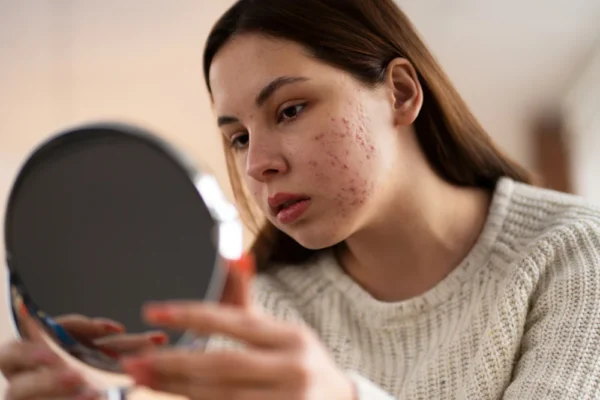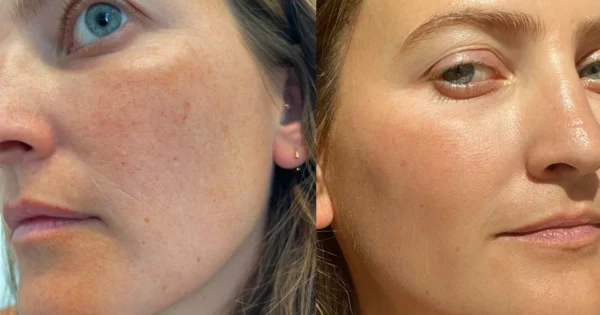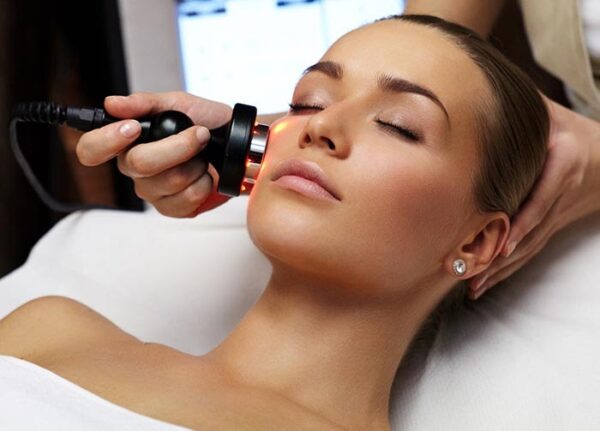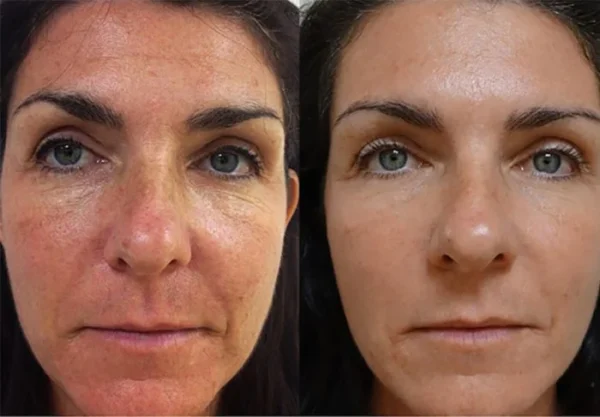
In the realm of cosmetic dermatology, the quest for flawless skin has led to the development of various innovative treatments, with laser resurfacing treatment emerging as a cornerstone for individuals grappling with the aftermath of acne scars. This advanced dermatological procedure harnesses the power of laser technology to meticulously remove layers of skin, thereby diminishing the appearance of scars and promoting a smoother, more uniform complexion. Not only does it offer a transformative solution for those seeking to rectify skin imperfections, but laser resurfacing treatment also embodies the pinnacle of skin rejuvenation techniques, setting a new standard for achieving and maintaining pristine skin in the face of challenges posed by acne scarring.

Understanding Laser Resurfacing Treatment
Laser resurfacing treatment represents a significant advancement in the field of cosmetic dermatology, offering a sophisticated approach to skin rejuvenation. This procedure utilises concentrated beams of light to meticulously remove damaged layers of skin, thereby encouraging the regeneration of new, healthier skin cells. It stands as a beacon of hope for individuals seeking to mitigate the appearance of acne scars and embrace the journey towards a clearer, more radiant complexion.

The Science Behind Laser Resurfacing
At its core, laser resurfacing such as skin resurfacing in Grand Rapids, MI is grounded in the principles of selective photothermolysis. This process involves the targeted application of laser energy to the skin, which selectively heats and vaporises the outer layers of damaged skin without harming the surrounding healthy tissue. The precision of this technique allows for effective treatment of specific skin concerns, such as acne scars, fine lines, and hyperpigmentation, while minimising the risk of side effects.
Types of Laser Resurfacing
Laser resurfacing treatments such as Morpheus8 treatment can be broadly categorised into two types: ablative and non-ablative lasers. Ablative lasers, such as CO2 and erbium lasers, remove the outer layers of the skin and are particularly effective for addressing deeper scars and more pronounced signs of ageing. Non-ablative lasers, on the other hand, focus on heating the underlying skin tissue without removing the top layer, making them a less invasive option suitable for mild to moderate skin imperfections. The choice between ablative and non-ablative laser treatments depends on the individual’s skin type, the severity of the skin concerns, and the desired downtime.
The Procedure and What to Expect
The laser resurfacing procedure typically begins with the application of a topical anaesthetic to minimise discomfort. Depending on the extent of the treatment, local anaesthesia or sedation may also be used. The laser device is then carefully passed over the targeted area, delivering short pulses of light that work to remove damaged skin and stimulate collagen production.
Following the treatment, patients can expect a period of recovery that varies in length depending on the type of laser used and the depth of the resurfacing. Ablative treatments may require a recovery period of up to two weeks, during which the skin heals and regenerates. Non-ablative treatments, while generally involving less downtime, still necessitate proper post-procedure care to ensure optimal healing and results.
The Importance of Post-Treatment Care
Post-treatment care is integral to the success of laser resurfacing treatments. This includes keeping the treated area clean, applying prescribed ointments to facilitate healing, and avoiding direct sun exposure to prevent hyperpigmentation. Additionally, patients are advised to follow a gentle skincare routine that supports the skin’s recovery process, ensuring the long-term efficacy and satisfaction with the results.
Laser resurfacing treatment offers a promising pathway for individuals seeking to address a variety of skin concerns, from acne scars to age-related changes. With its ability to transform the texture and appearance of the skin, this procedure embodies a pivotal step in the journey towards achieving a clearer, more youthful complexion.
The Role of Laser Resurfacing in Skin Transformation
Laser resurfacing treatment plays a pivotal role in the broader narrative of skin transformation, offering a revolutionary approach to not only rectify skin imperfections but also to rejuvenate and revitalize the skin’s overall appearance. By targeting the deeper layers of the skin, this procedure initiates a natural healing process that promotes the production of collagen and the generation of new skin cells. This results in a remarkable improvement in skin texture, tone, and elasticity, effectively turning back the clock on the visible signs of ageing and damage. As individuals navigate the challenges of maintaining healthy skin with age, laser resurfacing emerges as a cornerstone technique, empowering them to achieve a clearer, more youthful complexion. The transformative effects of laser resurfacing extend beyond superficial improvements, offering a comprehensive solution that addresses the underlying factors contributing to skin imperfections, and paving the way for lasting skin transformation.
Maintaining Healthy Skin with Age
Achieving and maintaining healthy skin is a multifaceted process that involves more than just addressing existing concerns. Post-treatment care is crucial for maximising the benefits of laser resurfacing and ensuring the longevity of the results. This includes adopting a comprehensive skincare routine that caters to the evolving needs of the skin, protecting it from sun exposure, and leading a lifestyle that supports skin health from the inside out.
Conclusion

Laser resurfacing treatment offers a promising solution for individuals looking to address acne scars and embark on a journey towards clearer, more youthful-looking skin. As part of a holistic approach to skincare, this procedure not only facilitates significant skin transformation but also contributes to the broader goal of maintaining healthy skin with age. By combining advanced dermatological treatments with diligent post-treatment care, individuals can achieve lasting improvements in their skin’s appearance and health.
FAQs
Is laser resurfacing suitable for all skin types?
While laser resurfacing can be effective for many skin types, its suitability depends on various factors, including skin colour, type, and the presence of certain skin conditions. A consultation with a dermatologist is essential to determine if this treatment is appropriate for you.
How long does it take to see results from laser resurfacing?
The timeline for seeing results can vary, with initial improvements often visible within a few weeks. However, the full effects of the treatment, including skin regeneration and scar reduction, may take several months to manifest.
What are the potential side effects of laser resurfacing?
Common side effects include redness, swelling, and peeling of the treated area. These typically resolve within a few days to weeks. Less common risks, such as infection or changes in skin pigmentation, underscore the importance of seeking treatment from a qualified professional.
How can I maintain the results of my laser resurfacing treatment?
Maintaining the results involves a combination of sun protection, a tailored skincare routine, and a healthy lifestyle. Avoiding direct sun exposure and using high-SPF sunscreen are crucial for protecting the new skin. Additionally, your dermatologist may recommend specific products to support the skin’s healing and rejuvenation process.
Can laser resurfacing eliminate acne scars completely?
While laser resurfacing can significantly improve the appearance of acne scars, making them less noticeable, it may not eliminate them completely. The extent of improvement depends on the depth and severity of the scars. A dermatologist can provide a realistic assessment of what you can expect from the treatment.
